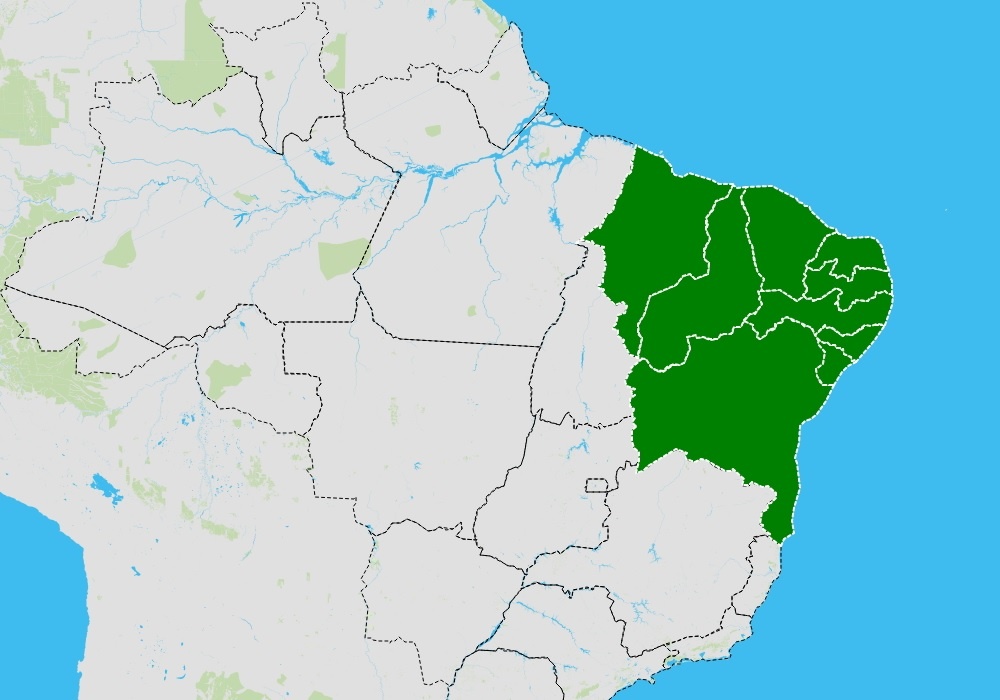RIO DE JANEIRO, BRAZIL – President Jair Bolsonaro argued, on August 2nd, that the low level of financing granted by Caixa to the Brazilian Northeast States was due to the region’s higher default rate. “The municipalities of the Northeast are the most defaulting, and Caixa needs guarantees to be able to lend,” he said.

UOL checked the database at CAUC (Assistant Information Service for Voluntary Transfers), controlled by the Brazilian Treasury Secretariat, to verify the situation of all 5,570 municipalities in the country and found that there are no regional differences between the Northeast and the national average. In the case of capitals and states, there is also no legal justification to prevent lending.
“This [Northeast leading default] does not exist. The list is long and comprehensive, and no region has more problems than another. There are administration problems all over the country,” says Eduardo Stranz, a consultant in the technical studies area of the CNM (National Confederation of Municipalities).
According to a consultation to the CAUC on Wednesday, August 7th, 4,247 municipalities — 76.2 percent of the total — were on the bad credit list. From the list of the five states with the highest percentage of defaulting municipalities, only one is in the Northeast, and four are in the North.
According to the newspaper Estado de São Paulo, by July this year, the Caixa had authorized R$4 billion in loans to governors and mayors, of which only R$89 million — 2.2 percent of the total — were for the Northeast. The amount is much lower than in previous years, the report points out.

Defaulting municipalities
“The CAUC operates as if it were a “Government Credit Protection Service”, which denounces defaults. Being in compliance is a requirement to obtain funding or a resource from the government,” says Stranz.
Voluntary transfers are those that are not mandatory. “As an example, the government issues a notice to allocate resources for municipalities to buy equipment. To qualify, the body must be in good standing with CAUC. If they are in trouble, they cannot be paid,” he explains.
Of all the states, only Rio Grande do Sul sees over half its municipalities with a certificate of compliance — 60.7 percent of the total. On the other hand, ten states account for over 90 percent of the defaulting municipalities, such as Rio de Janeiro.
The UOL report also looked into the situation in the states’ CAUC and saw that only seven are in good standing — two of them are in the Northeast. Among state capital cities, three of the nine in good standing are in the Northeast.
Source: National Treasury Secretariat (Consultation made to CAUC by UOL on August 7th, 2019)

